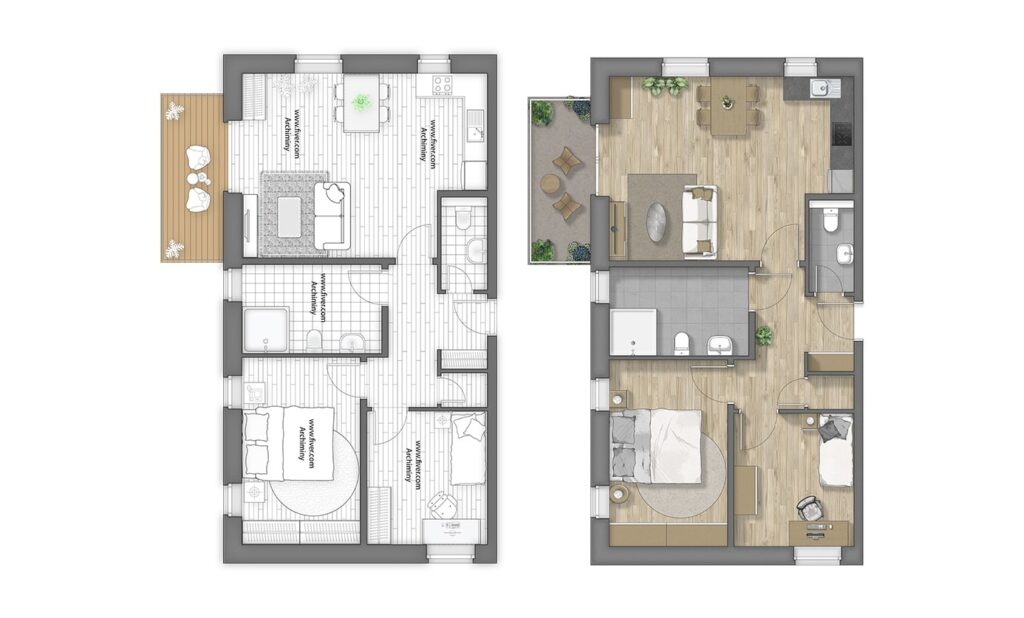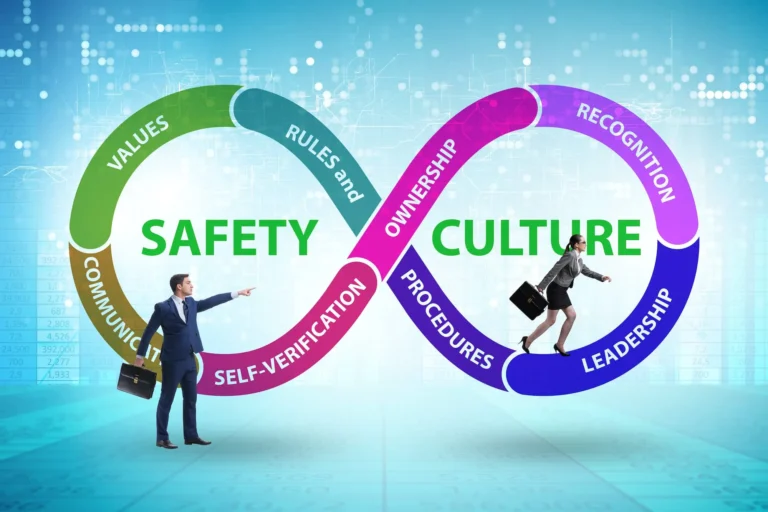When you’re working on a project as an architect or designer, precision is everything. Whether it’s for client presentations, permit submissions, or simply to bring clarity to your design process, having an accurate and clean digital floor plan is non-negotiable. And let’s be honest — we’ve all wrestled with hand-drawn sketches that somehow make perfect sense at first glance, but cause headaches down the line. That’s where a reliable floor-plan redraw service becomes a game-changer.
Let’s break down what makes a service truly the best in this space and how you can choose one that fits your workflow like a glove.
Why Accurate Digital Floor Plans Matter More Than Ever
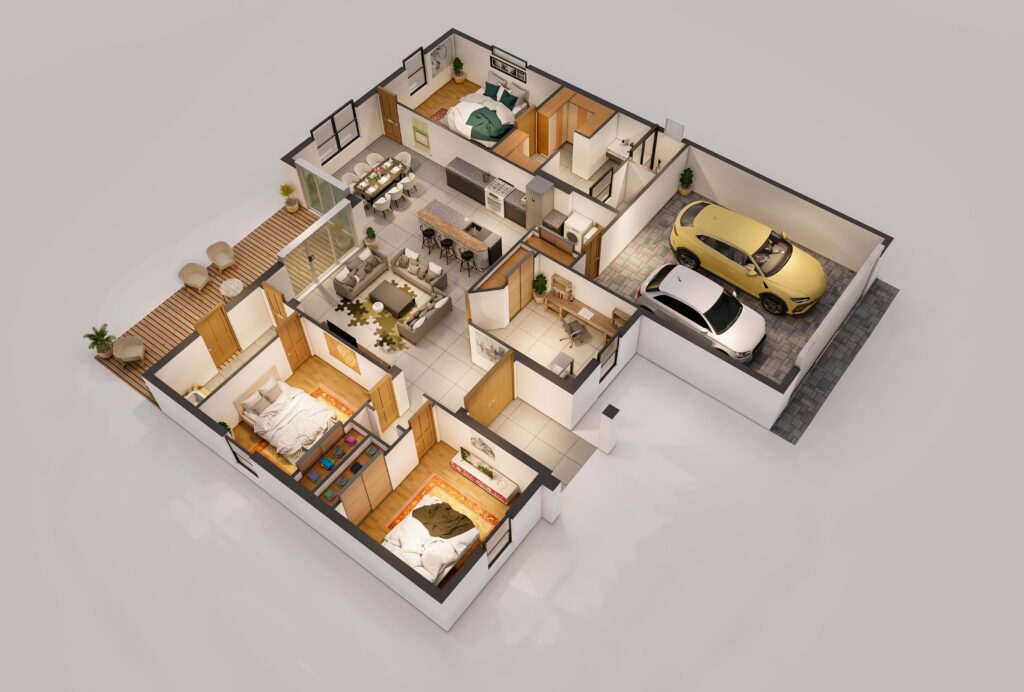
In today’s architecture and design world, clients expect polished presentations, and local authorities demand precise documentation. A floor plan isn’t just a drawing anymore — it’s part of your reputation.
Here’s why accuracy is crucial:
- Smooth approval process: Building authorities are far more likely to green-light plans that are clear and standardized.
- Seamless collaboration: Engineers, contractors, and interior designers can work off your plans without back-and-forth clarifications.
- Time saved on revisions: When your plan is precise from the start, you’re not stuck fixing mistakes in the middle of a project.
In short, clean CAD files or BIM-ready drawings help keep your projects on track and your stress levels low.
When and Why to Outsource Floor-Plan Redrawing
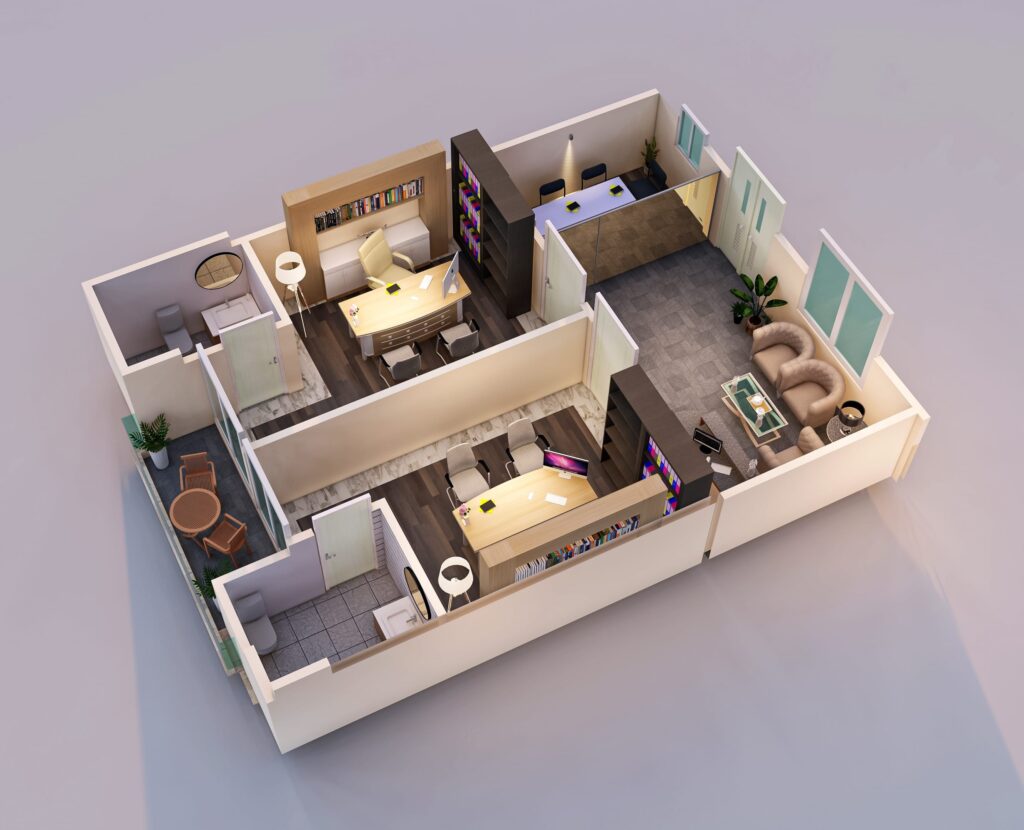
As much as we like to roll up our sleeves and do everything ourselves, there comes a point where outsourcing isn’t just smart — it’s necessary.
If you’ve ever spent late nights trying to trace old blueprints or clean up hand-drawn sketches into CAD files, you know how time-consuming it is. And while that effort might be worth it on a small project, larger ones demand a faster, more scalable solution.
That’s where a professional floor-plan redraw service can make all the difference. A good service lets you upload your scanned sketches or photos of drawings and get back polished, CAD-accurate plans that match your specifications. This means:
- Faster project delivery
- Reduced chance of manual errors
- More time for the creative parts of your work
What I appreciate about using a professional service is knowing that my floor plans won’t just “look right” — they’ll be right.
Key Features to Look For in a Floor-Plan Redraw Partner

Not all services are created equal. Based on experience (and a few hard-learned lessons), here’s what I recommend you look for:
1. Accuracy and attention to detail
A top-tier service will pride itself on delivering plans that meet tight tolerances. You want someone who understands architectural symbols, line weights, and proper layering in CAD files.
2. Speed without cutting corners
It’s one thing to get a plan fast. It’s another to get it fast and correct. Check turnaround times and see if they offer expedited services for tight deadlines.
3. Flexible output formats
Whether you need DWG, DXF, or PDF files, the service should provide what fits your workflow best. If you’re moving toward BIM or 3D modeling, that flexibility becomes even more crucial.
4. Clear communication
A good redraw partner will ask the right questions and confirm ambiguous details before delivering. This ensures you don’t have to waste time on revisions.
When Should You DIY, and When Should You Hire Out?
There’s always that moment where you think, “I can just knock this out myself.” And sometimes you can! If you’re dealing with:
- A very simple plan with few details
- A quick concept sketch just for internal use
- A project where precision isn’t critical (rare, but it happens)
…then firing up your CAD software and doing the redraw yourself may make sense.
But when you’re working on:
- Multi-level buildings
- Historical properties where accuracy matters for compliance
- Large-scale projects with multiple stakeholders
- Files destined for permit approval
…it pays to outsource. Your time is better spent designing, coordinating, and solving project challenges than redrawing plans from scratch.
Practical Tips for Working With a Floor-Plan Redraw Service
Once you decide to outsource, here’s how to make the process as smooth as possible:
- Provide high-resolution scans or photos. The clearer your original, the cleaner the final CAD file.
- Mark key measurements. Even if your sketch is rough, having at least two or three known dimensions helps the team scale everything accurately.
- Communicate layer requirements. If you have specific standards (e.g., separate layers for walls, fixtures, text), specify them upfront.
- Review the first delivery carefully. A good service will adjust and correct any issues promptly — but only if you spot them early.
Why the Right Redraw Partner Elevates Your Work
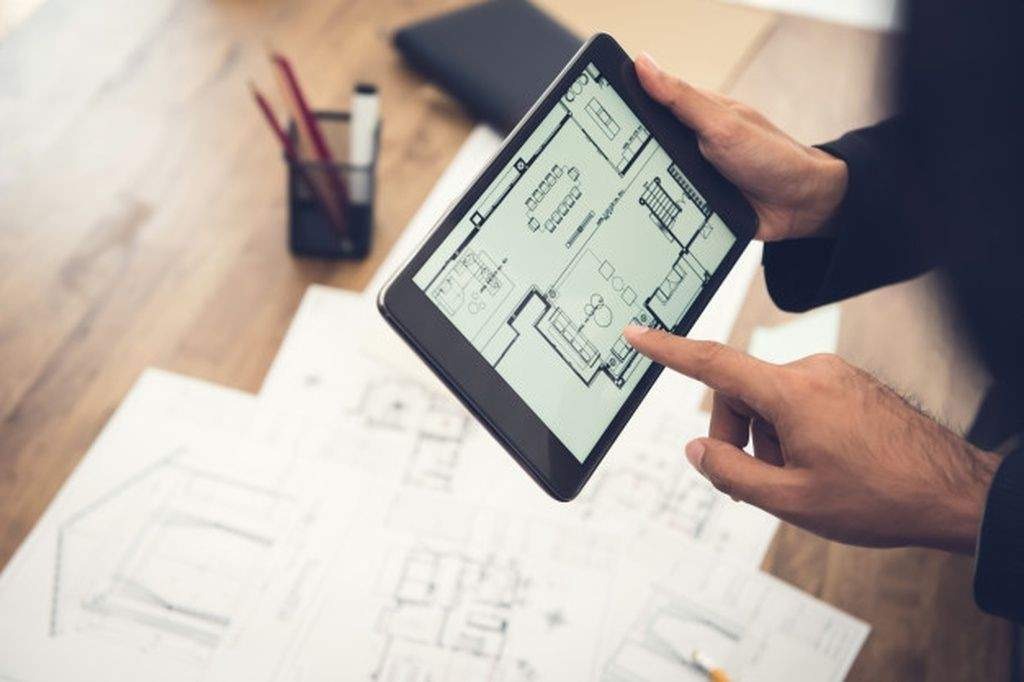
I’ll say it straight: finding the right floor-plan redraw service isn’t just about saving time. It’s about elevating the standard of your work, making your life easier, and helping you deliver projects that are both beautiful and precise.
Personally, I’ve found that working with a dependable team for CAD conversions lets me focus more on the parts of the job I love — designing, problem-solving, and making clients happy.
So next time you’re faced with a stack of hand-drawn plans and a looming deadline, consider partnering with a professional redraw service. It’s one of the smartest moves you can make for your business and your sanity.
Frequently Asked Questions
How long does it typically take to get a floor plan redrawn?
Depending on the complexity and the service you use, you can expect a turnaround time between 24 hours and 5 business days. Many services offer rush options if needed.
Is a redraw service expensive?
It varies by project type, but most professionals find that the cost is offset by the time saved and the reduced risk of costly errors later.
Can these services handle complex or custom requests?
Yes — the better providers can work with everything from standard residential layouts to intricate commercial or heritage property plans.
Final Thoughts
What I’ve learned over the years is that precision doesn’t happen by accident. It’s the result of deliberate choices — like choosing to collaborate with experts who can support your vision without cutting corners. When you bring in a redraw partner who understands the architectural language you speak, you’re not just outsourcing a task. You’re strengthening your entire workflow.
And it’s not just about saving time or reducing errors (though those are huge wins). It’s about peace of mind. It’s about knowing that when you hit “send” on that plan — whether it’s going to a client, contractor, or approval board — it represents your best work.
Invest in accuracy. Invest in your process. And give yourself the freedom to focus on what really matters — the art and craft of great design.

